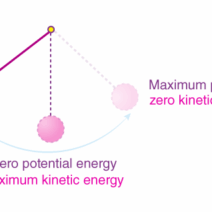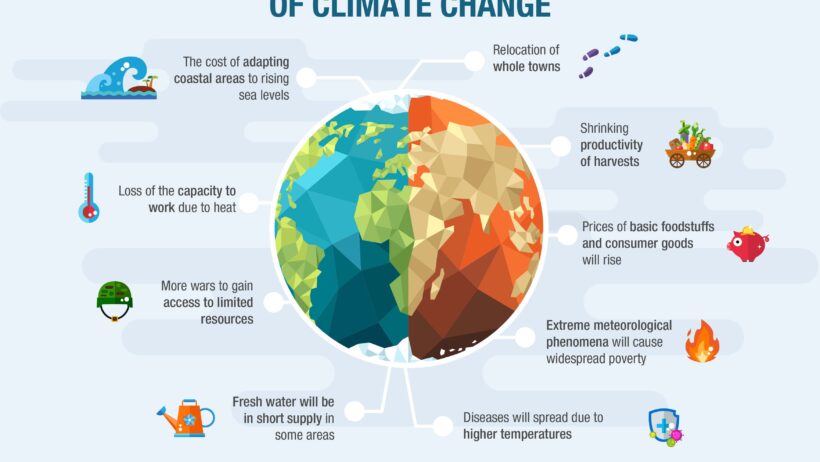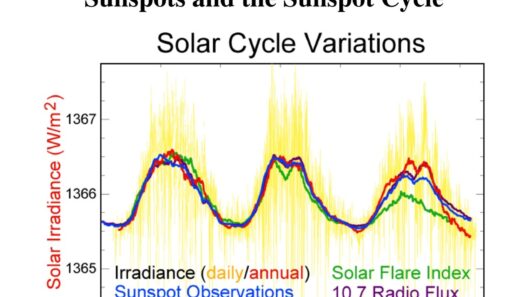Climate change is akin to a relentless tide, gradually altering landscapes, economies, and the very fabric of society itself. As temperatures rise and weather patterns become increasingly erratic, the ramifications of this global phenomenon become ever more pronounced. The unsettling truth is that climate change does not impact everyone equally; rather, it exacerbates existing inequalities, disrupts infrastructure, and threatens the stability of countless communities worldwide.
At its core, the unfolding crisis of climate change operates within a framework of social stratification. Those who reside in wealthier nations, often cushioned by robust economies and advanced preparedness, are not impervious to the impacts of climate change; however, they are significantly better equipped to adapt. Conversely, marginalized communities, particularly in developing regions, bear the brunt of climate-induced adversities with minimal resources to alleviate their plight. This disparity becomes a stark reminder of the inherent inequities that permeate our societies.
Imagine for a moment a city, bustling with life, where the rich tapestry of human interaction unfolds against a backdrop of ever-changing climate phenomena. There exist two neighborhoods: one affluent, adorned with verdant parks and modern infrastructure; the other, a marginalized community whose residents struggle to secure basic amenities. During heat waves, the affluent neighborhood enjoys the cool embrace of air-conditioned homes, while the other is left to grapple with oppressive heat, often lacking trees and shade. The juxtaposition of these experiences illustrates a cruel irony—those least responsible for climate change suffer the most acute consequences.
The economic implications extend beyond immediate discomfort. Climate change has begun to reshape labor markets, creating a cascade of effects that reinforce systemic inequality. Vulnerable populations, employed in sectors such as agriculture, construction, or fishing, are more susceptible to the whims of nature. Droughts, floods, and hurricanes threaten not just livelihoods but the very essence of existence for millions. The cycle of poverty tightens its grasp, as individuals find themselves trapped in a labyrinth with no exit—unable to secure stable employment and perpetually facing the specter of food insecurity.
Infrastructure, the backbone of society, is similarly compromised by the ravages of climate change. As cities expand to accommodate growing populations, the strain on infrastructure intensifies, revealing the inherent fragility of systems long taken for granted. Aging roads, bridges, and public transport networks struggle to withstand the increasing frequency of extreme weather events. In many cases, these systems become overwhelmed during storms, creating a domino effect that leads to significant disruptions in daily life. The metaphor of a house of cards comes to mind—remove one critical card, and the entire structure collapses, revealing a precarious reality that demands urgent attention.
The urban landscape is transformed under the relentless pressure of climate change. Coastal cities face the insidious encroachment of rising sea levels, prompting severe ramifications for infrastructure planning and development. Communities built near shorelines find themselves in a precarious position, as the looming threat of flooding becomes more frequent. Property values plummet, and local economies falter, leaving once vibrant areas abandoned and desolate. This is not merely a logistical challenge; it is a crisis of identity, as neighborhoods slip away into the sea, erasing histories forged through generations.
Transportation networks, another vital pillar of economic stability, also face immense strain. Public transport systems designed with the assumption of stable weather patterns now grapple with unpredictable conditions. Flooded subway stations and derailed trains become widespread occurrences, impacting not only commuters but the broader economy reliant on the timely movement of goods and people. The autonomy of urban dwellers is compromised, and as cities become increasingly untenable, the concept of home itself is called into question.
Education, too, entwines with the narrative of climate change. Schools, envisioned as sanctuaries of learning, confront a myriad of challenges brought forth by climate impacts. Weather disruptions can result in prolonged school closures, forcing children into a cycle of lost education and compromised futures. The metaphor of a seedling choked by weeds rings true as potential is stunted in these vulnerable populations. As education falters, so too does a nation’s ability to innovate and tackle the very challenges of climate change itself.
Yet, amidst the daunting landscape, there exists an opportunity. Communities worldwide are increasingly rallying to advocate for climate resilience, striving to create systems that protect the most vulnerable. Innovative solutions targeted at reducing emissions, enhancing infrastructure durability, and fostering social equity can emerge from this crisis. Local initiatives provide frameworks for empowerment, allowing marginalized voices to be heard and integrated into broader decision-making processes. The images of communities planting trees or developing sustainable practices symbolize the steadfast flame of human resilience against the shadows cast by climate change.
In conclusion, climate change serves as a multifaceted scourge, weaving its threads through the very fabric of societal structure. From reinforcing inequality to disrupting infrastructure, its implications reverberate across the globe, demanding immediate and comprehensive responses. As we navigate these uncharted waters, it is imperative that we cultivate solutions rooted in equity, resilience, and sustainability. Only then can we hope to dismantle the barriers that exacerbate vulnerability, paving the way for a more just and adaptive society. Each of us holds a role in this grand narrative, striving to forge pathways to a sustainable future against the tide of climate change.




